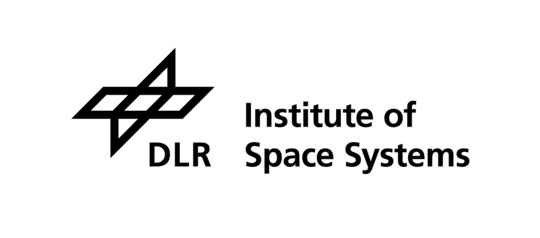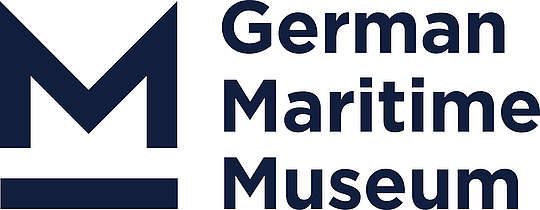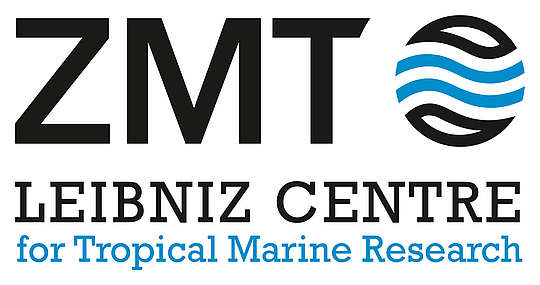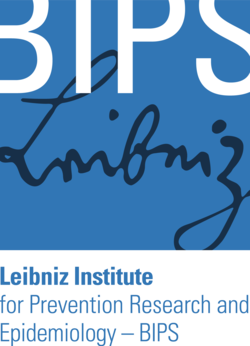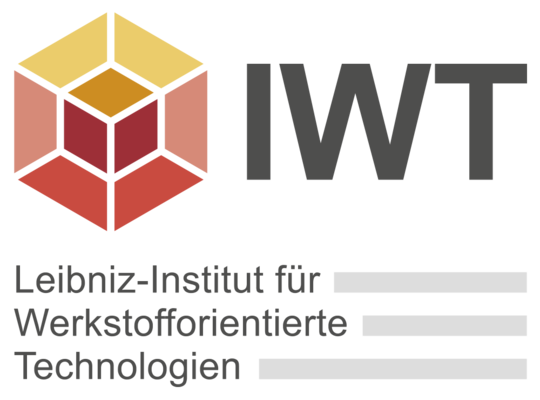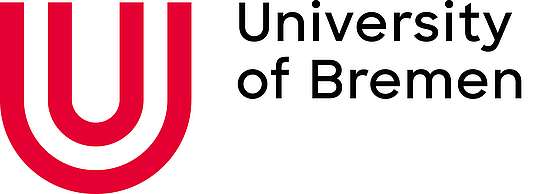ST-LE-2024-11
Curriculum: Starter TrackOverview about programming languages
Motivation
Programming is the essential tool for managing data sets and conducting data science methods. Handling huge data sets manually is impossible, so we can only prepare, curate, analyze and evaluate them by programmable means. In addition, programming is crucial for documenting, creating graphical output, and presenting results (e.g., on the web). In order to write programs, we need to a programming language – but what is that?
Learning contents
- What is a programming language, actually?
- What characterizes a programming language and what is it for?
- Why is HTML not a programming language and what has Turing to do with it?
Approximately 700 programming languages exist – so how can we keep an overview? We learn to distinguish languages from their degree of abstraction and programming paradigm (imperative, procedural, object-oriented, functional, logical, …), or their area of application. Further, we talk about how to choose the appropriate language for the task at hand, which programming languages you should know, and see some of them briefly presented in this course.
Learning objectives
Overview about programming languages, their features, significance and criteria for distinction.
Prior knowledge
---
Further reading
---
Motivation
Programming is the essential tool for managing data sets and conducting data science methods. Handling huge data sets manually is impossible, so we can only prepare, curate, analyze and evaluate them by programmable means. In addition, programming is crucial for documenting, creating graphical output, and presenting results (e.g., on the web). In order to write programs, we need to a programming language – but what is that?
Learning contents
- What is a programming language, actually?
- What characterizes a programming language and what is it for?
- Why is HTML not a programming language and what has Turing to do with it?
Approximately 700 programming languages exist – so how can we keep an overview? We learn to distinguish languages from their degree of abstraction and programming paradigm (imperative, procedural, object-oriented, functional, logical, …), or their area of application. Further, we talk about how to choose the appropriate language for the task at hand, which programming languages you should know, and see some of them briefly presented in this course.
Learning objectives
Overview about programming languages, their features, significance and criteria for distinction.
Prior knowledge
---
Further reading
---
When?
April 23, 2024, 10:00 AM - 12:00 PM
Where?
Online via Zoom
Registration closed
Lüth, Prof. Dr. Christoph
Vice director and research administrator of the Cyber-Physical Systems group of the Deutsches Forschungszentrum für Künstliche Intelligenz (DFKI)
Professor at the University of Bremen
Department for Mathematics and Computer Science.
Email: clueth@uni-bremen.de





